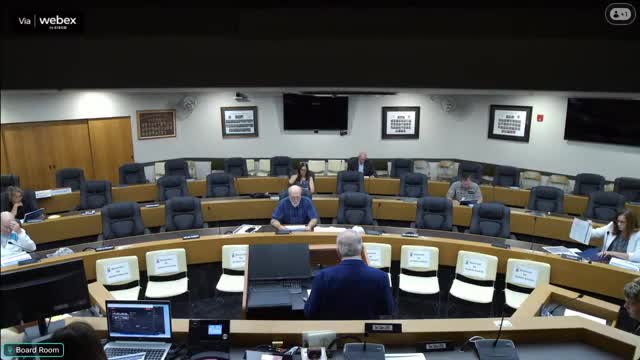Health insurers brace for gene therapy drug revolution
June 28, 2024 | LaSalle County, Illinois

This article was created by AI summarizing key points discussed. AI makes mistakes, so for full details and context, please refer to the video of the full meeting. Please report any errors so we can fix them. Report an error »

In a recent government meeting, officials discussed the rising costs and implications of stop-loss insurance and gene therapy drugs, highlighting significant trends in healthcare spending. The meeting revealed that the current stop-loss protection stands at $150,000, with projections indicating a 20% increase in stop-loss numbers due to volatility in the market. This increase is attributed to the growing number of large claims, particularly from specialty drugs, including gene therapies.
Gene therapy drugs, which are designed to cure severe conditions such as sickle cell anemia and spinal muscular atrophy, are becoming a focal point in healthcare discussions. Currently, there are 17 gene therapy drugs available, with expectations that this number could rise to 80 by 2030. These treatments, however, come with a hefty price tag, averaging around $2 million each. The meeting underscored the importance of these \"orphan drugs,\" which, while only benefiting a small population, offer potential cures for life-threatening conditions.
To address the financial burden posed by these therapies, Blue Cross and other health insurance providers are forming coalitions to leverage collective purchasing power. This strategy aims to negotiate better prices for these high-cost drugs and ensure their efficacy. If a treatment fails to deliver the promised results, plans may receive refunds, mitigating the financial risk associated with these expensive therapies.
As the healthcare landscape evolves, the discussions from this meeting reflect a growing concern over managing costs while ensuring access to innovative treatments that could significantly improve patient outcomes.
Gene therapy drugs, which are designed to cure severe conditions such as sickle cell anemia and spinal muscular atrophy, are becoming a focal point in healthcare discussions. Currently, there are 17 gene therapy drugs available, with expectations that this number could rise to 80 by 2030. These treatments, however, come with a hefty price tag, averaging around $2 million each. The meeting underscored the importance of these \"orphan drugs,\" which, while only benefiting a small population, offer potential cures for life-threatening conditions.
To address the financial burden posed by these therapies, Blue Cross and other health insurance providers are forming coalitions to leverage collective purchasing power. This strategy aims to negotiate better prices for these high-cost drugs and ensure their efficacy. If a treatment fails to deliver the promised results, plans may receive refunds, mitigating the financial risk associated with these expensive therapies.
As the healthcare landscape evolves, the discussions from this meeting reflect a growing concern over managing costs while ensuring access to innovative treatments that could significantly improve patient outcomes.
View full meeting
This article is based on a recent meeting—watch the full video and explore the complete transcript for deeper insights into the discussion.
View full meeting
